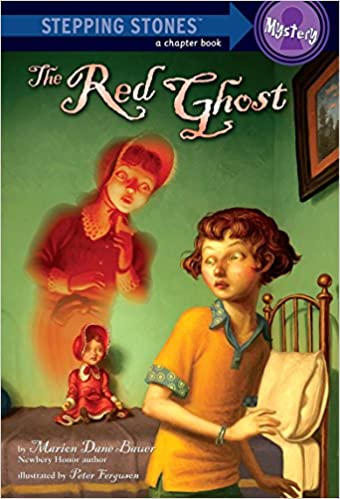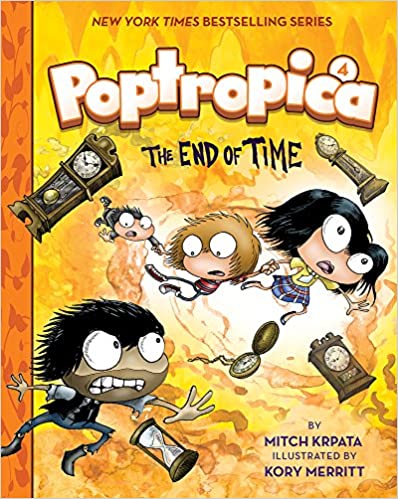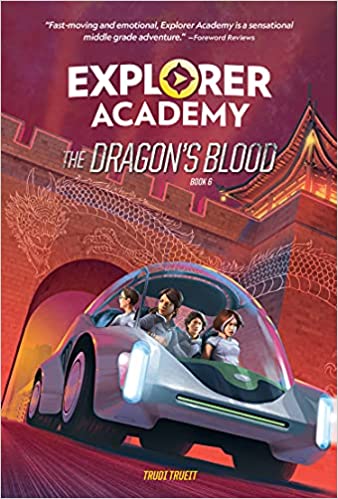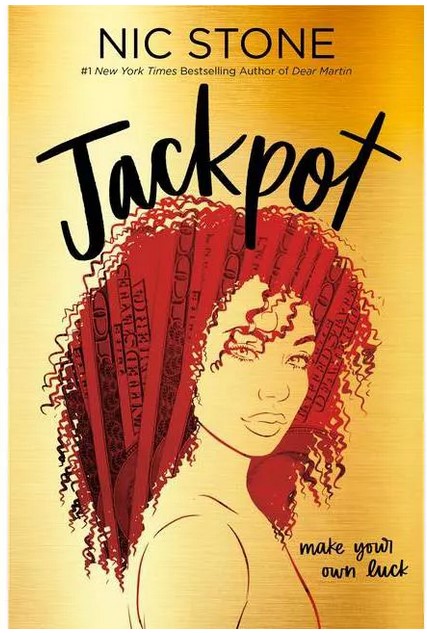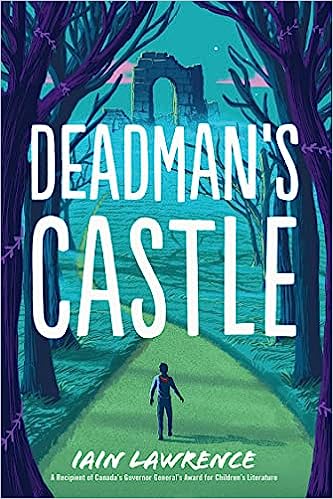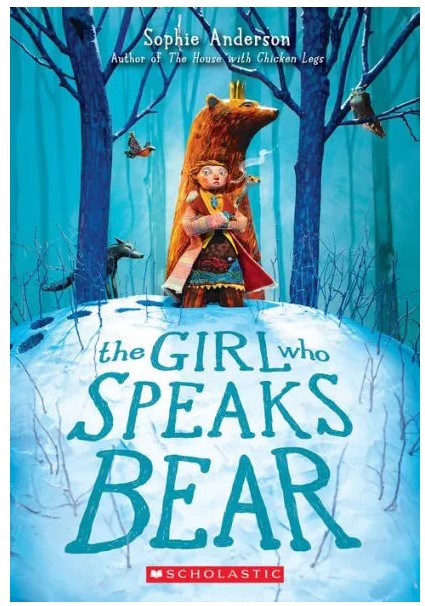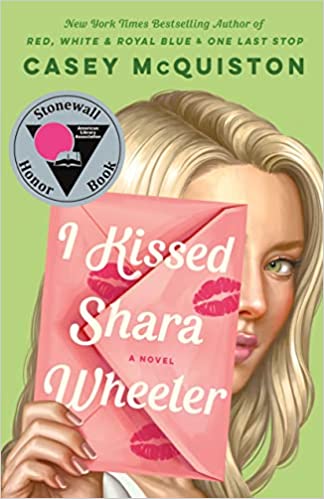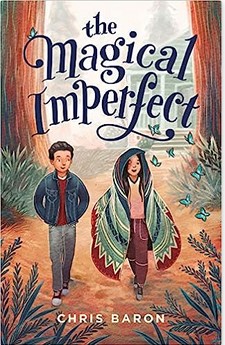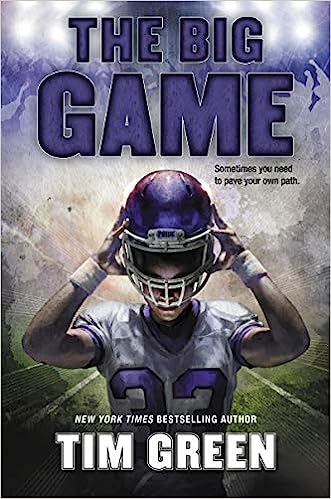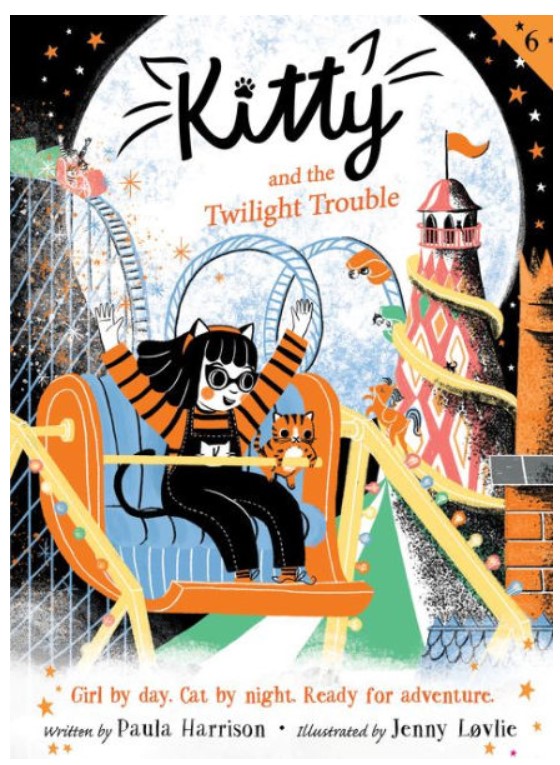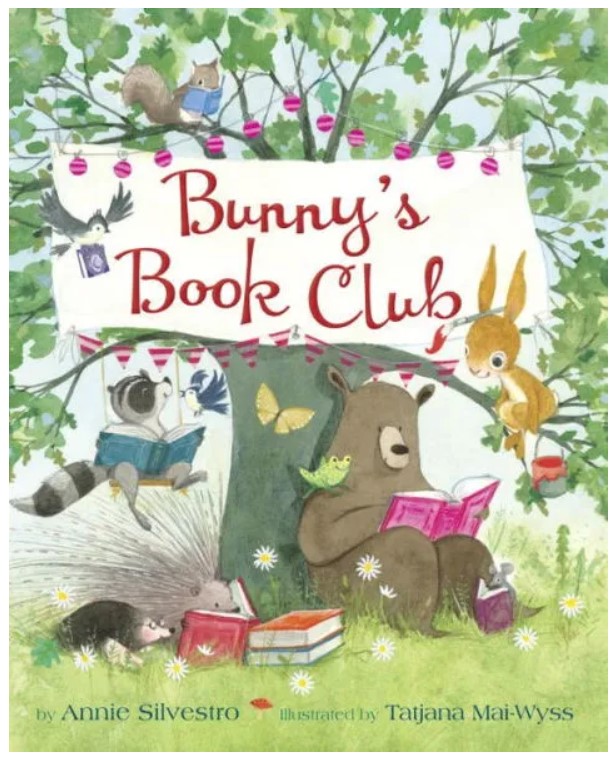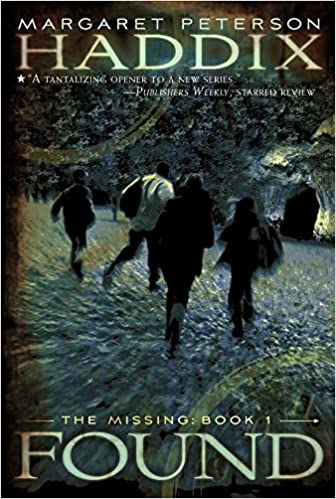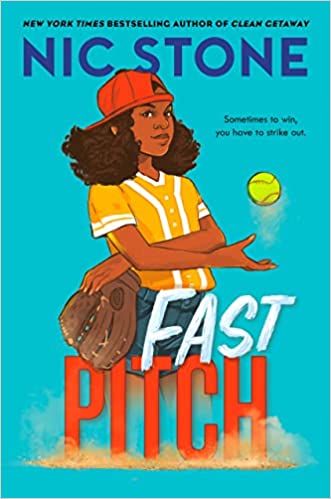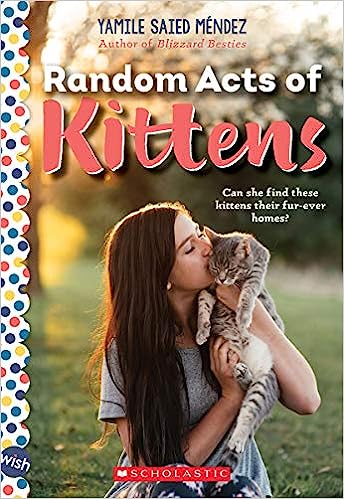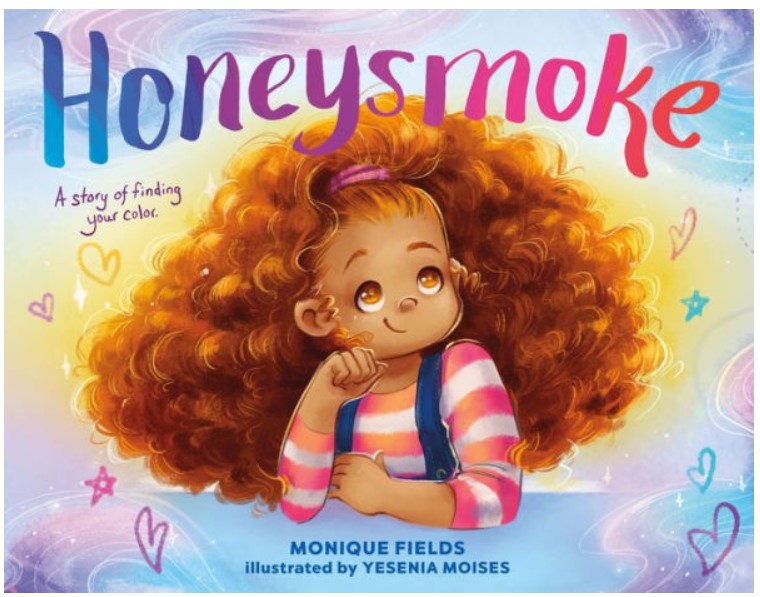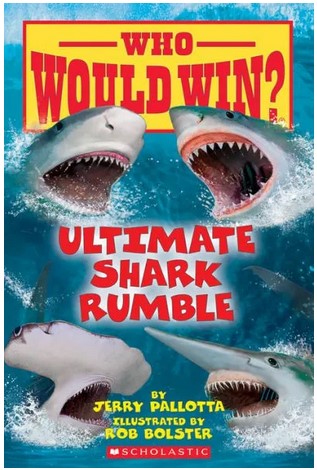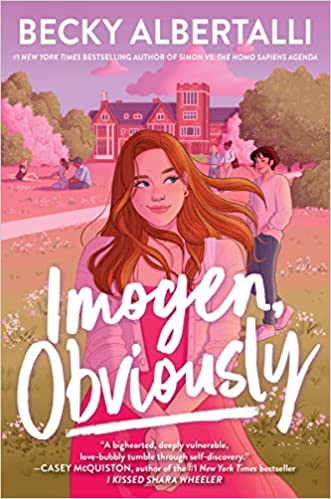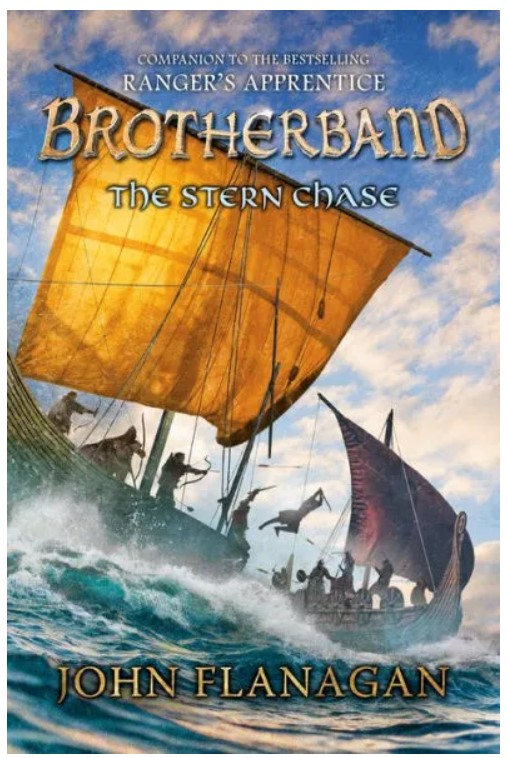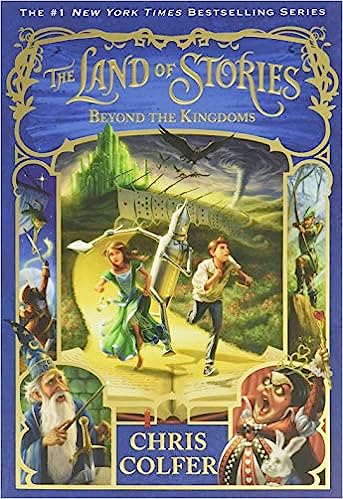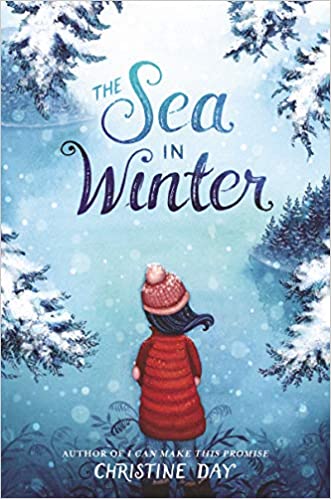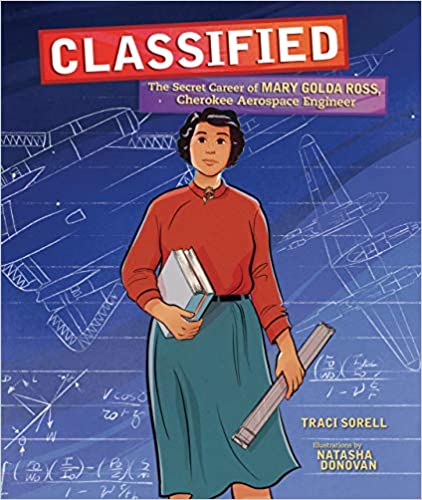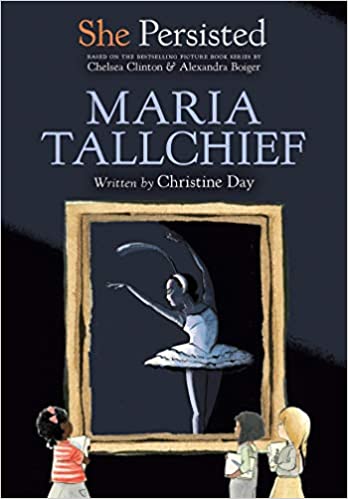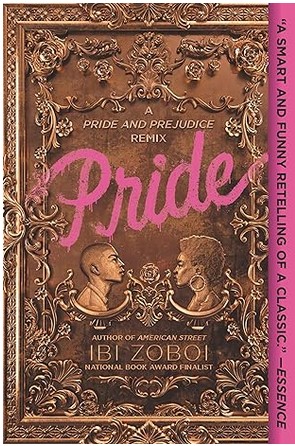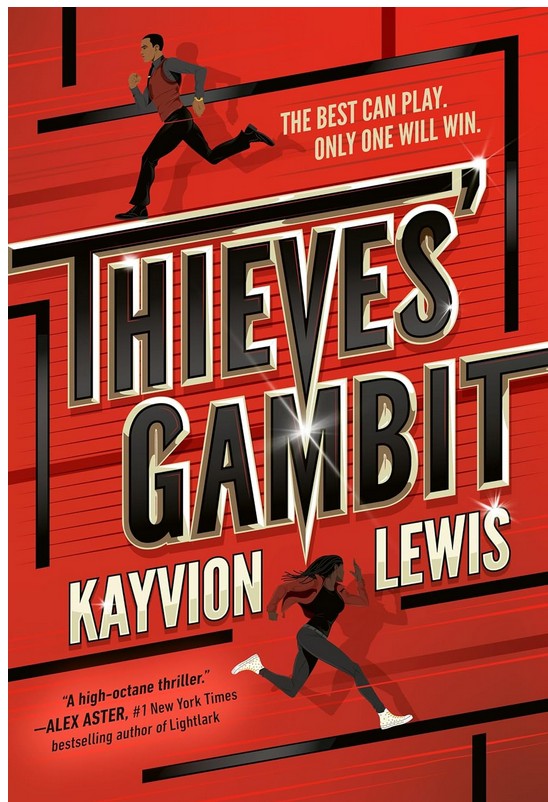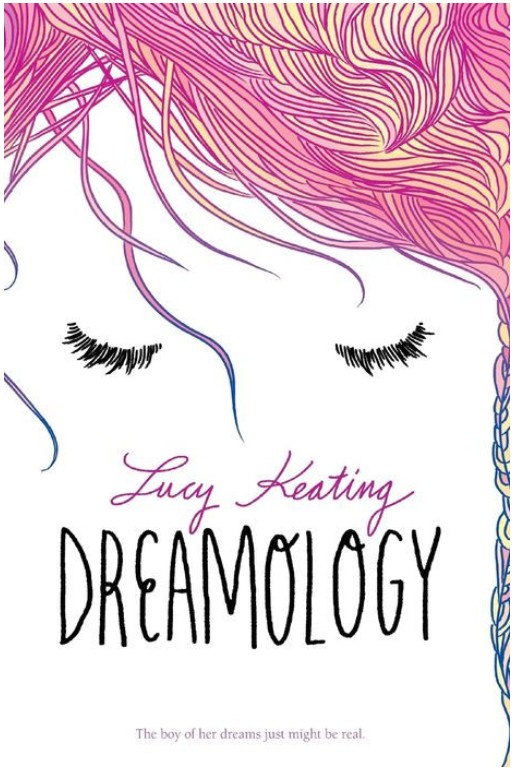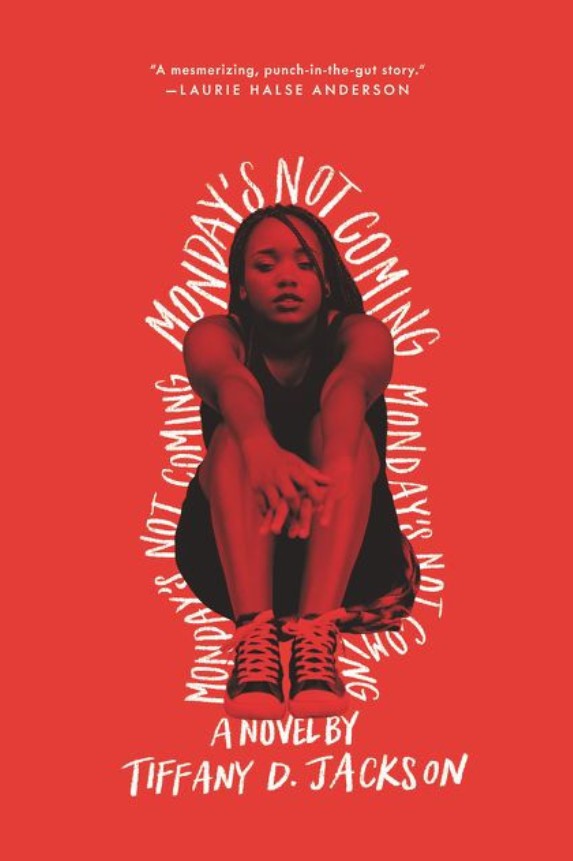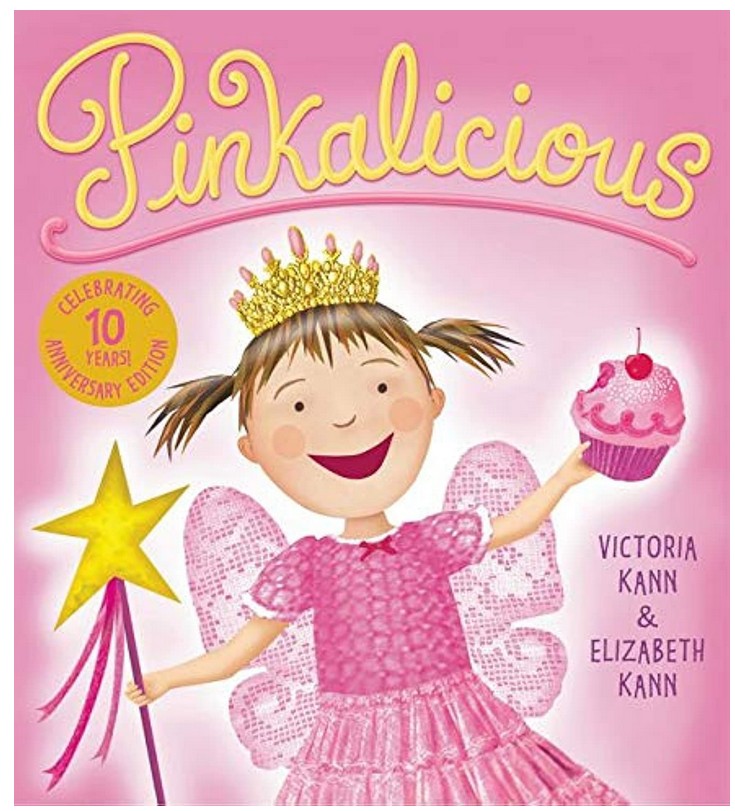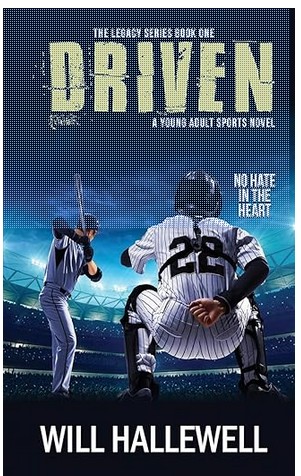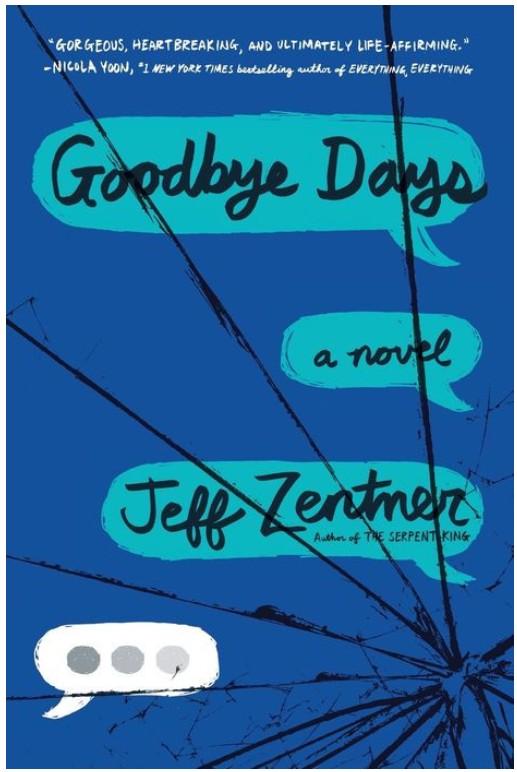Alex and Conner Bailey once lived the fairytale life most kids dream of. They spent the past few weeks in The Land of Stories – a world of kingdoms where fairy tales are true and their friends are famous storybook characters such as Little Red Riding Hood and Mother Goose. However, Alex and Conner aren’t living in a fairytale anymore. Following the death of the twins’ grandmother, the Fairy Godmother, The Land of Stories is threatened by the Masked Man, who is amassing an army to destroy the Land of Stories once and for all.
The story picks up where A Grim Warning left off, with Alex and Conner hunting down the Masked Man. Alex is desperate to prove that the Masked Man is her late father after seeing him unmasked briefly, but no one believes her. Alex and Conner track him to a tavern where he uses a portal to escape. When the Masked Man vanished, Alex and Conner struggle to find their next clue. Meanwhile, Alex has had trouble with her new role as the Fairy Godmother, as her powers have become uncontrollable. Her unreliable powers lead her to lash out unexpectedly and almost cause harm to her friends. Because of this, the Fairy Council decides to remove her from the position of Fairy Godmother.
Upset, Alex runs away and meets with Mother Goose, who decides to help Alex prove The Masked Man is her father. They discover that The Fairy Godmother had two children, the twins’ father and Lloyd, who grew up despising magic and had ambitions to destroy the Land of Stories. Because of this, the Fairy Godmother killed Lloyd’s magic and had him imprisoned. However, Lloyd has recently obtained a potion and a collection of books from the human world. With these two items, he can travel to other fictional worlds, where he plans to recruit an army.
With the new information, Alex regroups with Conner. They take their own potion and chase the Masked Man through fictional worlds such as The Wizard of Oz, Alice in Wonderland, Peter Pan, King Arthur, and Robin Hood. Teaming up with famous characters such as Arthur and the Tin Woodman, they make it back to the Fairy World too late – the Masked Man has already started launching attacks on the kingdoms, which sends the fictional world into chaos.
The Land of Stories Series is filled with twists and turns that will keep the reader guessing. While keeping track of the long list of characters is difficult, the series is entertaining because of the modern twists of a classic fairy tales. Conner is a funny and witty character who is dedicated to his sister and provides much-needed comic relief. Meanwhile, Alex is more serious, as she struggles with the responsibility of being the Fairy Godmother and managing her powers. She grows the most as a character, learning to take responsibility for her actions while also moving on. After loosing her position on the Fairy Council, she says, “My biggest fear was disappointing someone, and then after one moment of weakness, I ended up disappointing the entire fairy tale world. But rather than fighting the world that discarded me, I chose to continue saving it. So maybe greatness isn’t about being immortal, or glorious, or popular – it’s about choosing to fight for the greater good of the world, even if the world’s turned its back on you.”
Though it seems like everyone is against her, Alex follows her heart and trusts that, in time, people will see her point of view. Many of the characters who have been villains in The Land of Stories Series refuse to forgive others and direct their anger back at the world, thinking that will make them happy. But Alex knows this won’t work. To be happy, one must be content with their own decisions. This is why – even when Alex is tempted to stay in one of the other fictional worlds she travels to – she instead returns to the Land of Stories, knowing she would regret not saving the fairy tale world.
Overall, Alex and Conner stick to their morals and by each other, helping even when things seem grim. The twins and their allies protect the world they love in the face of great odds. The story ends on a cliffhanger as Conner proposes a way to beat the Masked Man. Conner wants to return to the real world to get his own stories, but we’re left wondering how Conner’s writing will help. Readers will have to tune in to the next installment, An Author’s Odyssey, to find out if Alex and Conner can save the Land of Stories before it’s too late. Readers who are ready to jump into another captivating series with lots of action and adventure should also read Keepers of the Lost Cities by Shannon Messenger.
Sexual Content
- Alex kisses Rook, her former boyfriend, on the cheek.
- Alex kisses Arthur. “[Alex] leaned over and kissed Arthur more passionately than she had ever kissed anyone. . . Arthur kissed Alex back. . . They lay under the stars and kissed each other” until morning.
- Maid Marion and Robin Hood “share a kiss” as Robin Hood sneaks into her bedroom.
- Mother Goose and Merlin fall in love. Merlin kisses Mother Goose’s cheek.
Violence
- In the Hall of Dreams (see supernatural), the Fairy Godmother looks at her son’s dream and sees his desire to destroy the Land of Stories. “There was destruction everywhere she looked. Castles and palaces were crumbling to the ground and villages were on fire. The ground was covered in carcasses of every creature imaginable.”
- The Masked Man slaps a soldier who makes him angry. “The Masked Man backhanded [the soldier] across the face.”
- With her sword, Goldilocks cuts off a witch’s arm. “[The witch] crawled across the walls like a lizard and lunged for Goldilocks. [Goldilocks] swung her sword and sliced off the witch’s left arm.” The witch’s arm grows back.
- Jack is attacked by bugs. “Hundreds of insects crawled out of the witch’s tree-bark skin and attacked him, biting and stinging all over his body.”
- Alex uses her powers to choke one of the Masked Man’s soldiers. “The trees around the creek suddenly came to life. They grabbed every person at the creek except for Alex with their branches and held them tightly to their trunks. . . The branches wrapped around [the soldier’s] throat and choked him. . . He was gagging and could barely speak.” Alex lets him go.
- In a flashback, the Fairy Godmother kills her son’s magic so that he won’t take over the world. “The boy turned back around and saw his mother pointing her wand at him. POW! Ropes blasted out of the tip of her wand and wrapped her son around a tree. . . The Fairy Godmother pointed her wand at him again and hit her son with a bright blast of light. A few moments later, a sparkling silhouette his exact shape and size fell out of him. The Fairy Godmother waved her wand and chains wrapped around the silhouette. She dragged it into the river and held it under the water. The silhouette squirmed and convulsed as the Fairy Godmother drowned it, splashing water everywhere. . . Little by little, the silhouette faded in the water until it washed away completely.”
- The Tin Woodman tells the story of how he was made. “The Wicked Witch of the East cast a spell on my axe, causing it to slip out of my hand and cut off my limbs one at a time, eventually severing my head and splitting open my body. A local tinsmith rebuilt me one appendage at a time until I was made entirely of tin.”
- Red discovers that the witch, Morina, has been kidnapping children and draining their youth and beauty to make potions that make other people seem younger. Eventually, these children die.
- Morina kills another witch. “Morina raised a hand towards [the witch] and she suddenly went as stiff as a board. Her stone skin cracked and chipped away until [the witch] crumbled into nothing but a pile of rocks on the ground.”
Drugs and Alcohol
- Mother Goose carries a flask with alcohol or “bubbly” inside, that she occasionally drinks.
- While in Wonderland, the caterpillar from the story smokes a hookah. Mother Goose joins him and also smokes from the hookah briefly.
- Alex meets Merlin and Mother Goose when they are “three-quarters deep into a large bottle of ale.”
Language
- The Masked Man calls one of his soldiers an “idiot.”
- Goldilocks is pregnant. After crying, she says “damn these hormones!”
- Mother Goose calls the Fairy Council “uppity, colorful know-it-alls.” She later calls a woman a “loon.”
- Jack asks, “What the hell happened?”
- Red says that she’s going to kill the woman who stole her fiancé, Charlie. “I’m thinking about the day I get Charlie back, and get to slaughter Morina like the cow she is!”
- Mother Goose says the biggest “jerk” she’s had a fling with, was Charlemagne.
Supernatural
- In the Land of Stories, all fairy tales are real and magic is abundant, from witches casting spells to mythical creatures such as unicorns and mermaids. People use magic for everything, from teleportation to healing injuries.
- A major aspect of this story is a potion that allows the user to open a portal into any fictional book of their choosing. The Fairy Godmother uses the potion to travel into Frankenstein. “As soon as the third drop [of the potion] made contact, the book illuminated like a gigantic spotlight . . [The Fairy Godmother] clutched her wand and stepped straight into the beam of light.” Other characters throughout the story will use the potion to travel into stories such as Robin Hood, The Wizard of Oz, and Peter Pan.
- The Fairy Palace, where the Fairy Council lives, has a Hall of Dreams, where each person’s dreams are stored. “[The Fairy Godmother] pushed opened the double doors and stepped into the boundless space and watched the thousands of orbs floating around. Each orb represented someone’s dream.”
Spiritual Content
